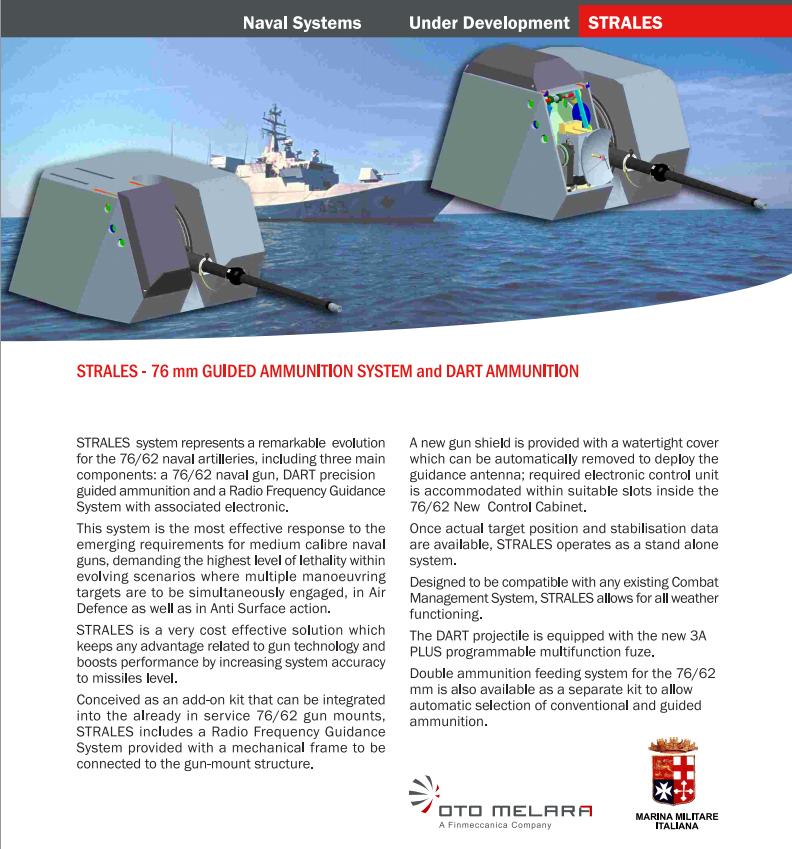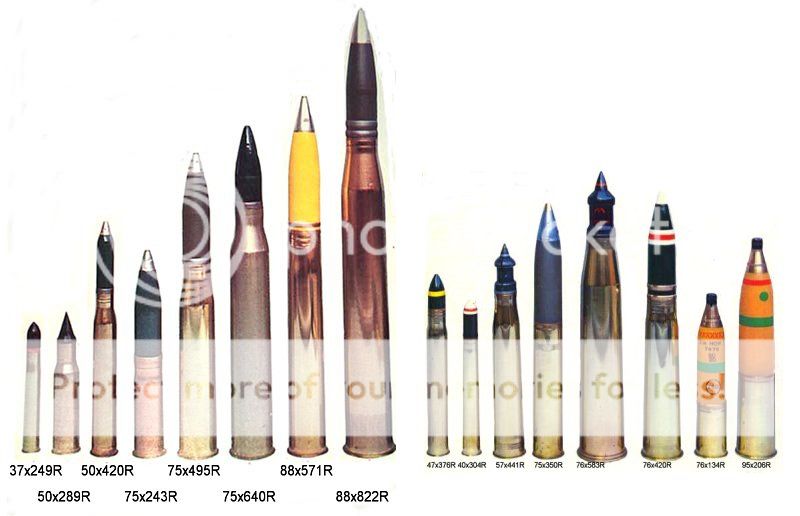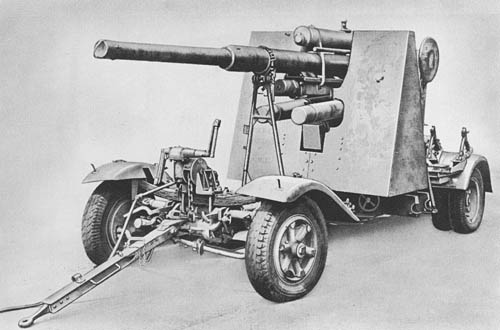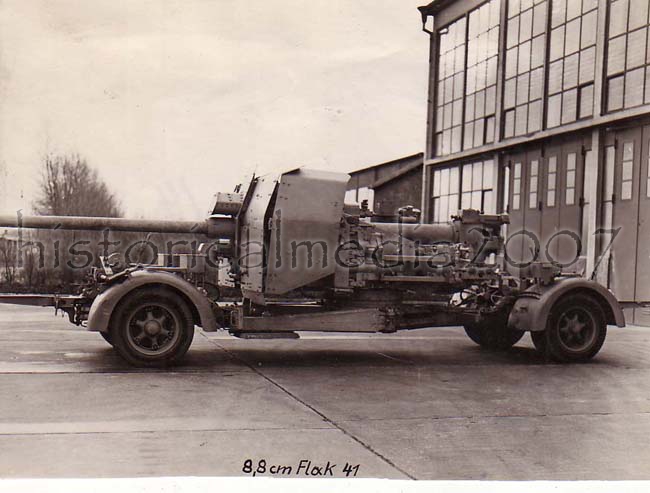And = ? This will change nothing ? How much you know about WW 2 ? pls stop post from Wikipedia.
And... as with the English tekst, it shows the gun was never put into production as FLAK. Only as PAK and KwK. And it has a different round, ocmpared to the well known 88 FLAK. Meanwhile, I will use Wiki as and when I please. Also, for someone less than half my age, it is probably not a good idea to be attempting to lecture me about WW2. My parents were in it, for example, were yours?
88mm FLAK 18/36/37 (using the 88×571R mm cartridge)
The Prototype 88s were first produced in 1928. The early models were the Flak 18 and they used a single piece barrel with a length of 56 calibres, leading to the most commonly seen designation of L/56. The Flak 18 was mounted on a cruciform gun carriage.A simple to operate semi-automatic loading system ejected fired shells, allowing it to be reloaded by simply inserting a new shell into a tray. The gun would then fire, recoil, and, during the return stroke, the empty casing would be thrown backward by levers, and a cam would engage and recock the gun. This resulted in firing rates of 15 to 20 rounds a minute, better than similar weapons of the era.
Series production started with the Nazi rise to power in 1933, and the Flak 18 was available in small numbers when Germany intervened in the Spanish Civil War. It quickly proved to be the best anti aircraft weapon then available, and the high muzzle velocity and large calibre made it an excellent long range anti-vehicle type of weapon. This experience also demonstrated a number of minor problems and potential improvement opportunities. Many of these were incorporated into the Flak 36, which had a two-piece barrel for easier replacement of worn liners. Its new, heavier, carriage allowed it to fire while in an emergency mode when still on wheels and without grounding outriggers, but with only a very limited traverse and elevation. Flak 36s were often fitted with an armoured shield that provided limited protection for the gunners.
The later Flak 37, included updated instrumentation to allow the gunlayers to follow directions from the single director more easily. The parts of the various versions of the guns were interchangeable, and it was not uncommon for various parts to be "mixed and matched" on a particular example.
8.8cm FLAK 41 (using the 88×855R mm cartridge)
Due to the problems of defending against attack by high flying aircraft the Luftwaffe asked for newer weapons with even better performance from as early as 1939. Rheinmetall responded with a new 88 mm L/71 design with a longer cartridge, the 8.8 cm Flak 41, with a prototype ready in 1941.It featured a lower silhouette on its turntable mounting than did the 8.8-cm Flak 18/36/37 on its pedestal mounting. Two types of gun barrel were used, with three or four sections. Improvements in reloading raised the firing rate, with 20 to 25 rounds a minute being often quoted.
8.8cm Pak 43 and Pak 43/41 (using the 88×822R mm cartridge)
At the time Rheinmetall developed the Flak 41, Krupp's tried to compete with their 8.8 cm Gerät 42 proposal, but it was not accepted for production as an FLAK gun. Krupp continued development, resulting in the dreaded 8.8 cm Pak 43 anti-tank gun and its sister the 8.8 cm KwK 43 tank gun. Pak 43 (abbreviation of Panzerabwehrkanone 43) used a new cruciform mount with the gun much closer to the ground, making it far easier to hide and therefore that much harder to hit with counter battery fire or tank gunfire. It was also provided with a much stronger and more angled armour shield to provide better protection. 8.8 cm Pak 43/41: Pak 43 gun mounted on single axle split-trail field gun carriage produced as a stop-gap measure due to scarcity of materials.
http://www.flickr.com/photos/16118167@N04/6150264733/
 Why, what are your suggesting?
Why, what are your suggesting?












